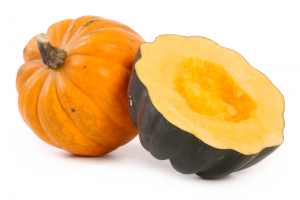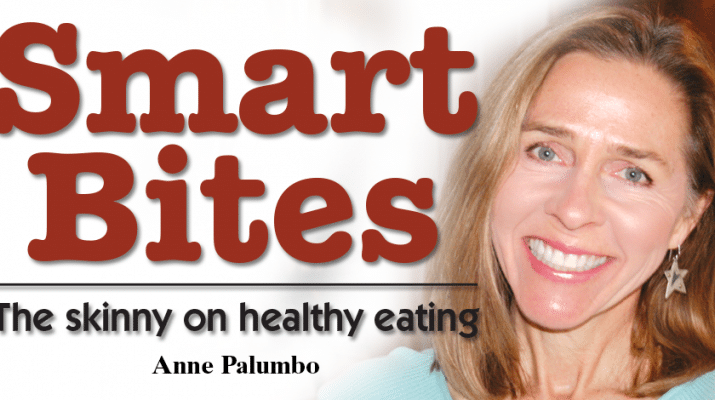 Some foods serve up a little amount of a lot. While no superstar in any one nutrient, these foods boast decent amounts of many. Acorn squash, of all the winter squashes, falls into that commendable category.
Some foods serve up a little amount of a lot. While no superstar in any one nutrient, these foods boast decent amounts of many. Acorn squash, of all the winter squashes, falls into that commendable category.
Of those “many,” however, acorn squash does shine with a few standouts.
Though not as rich in beta-carotene (a precursor to vitamin A) as other winter squashes, this nutrient-dense squash is a very good source of vitamin C, potassium and manganese, and a pretty good source of some B vitamins, fiber and magnesium.
One cup of acorn squash delivers nearly 25 percent of our daily vitamin C needs. A multi-tasking vitamin (and powerful antioxidant!) that’s essential for good health, vitamin C plays a vital role in collagen production, helps speed wound healing and may even lower our risk of many chronic diseases by inhibiting the activity of cell-damaging free radicals.
Another noteworthy perk: Acorn squash may contribute to heart health, thanks to its potassium and magnesium. While potassium helps to regulate blood pressure by lessening the negative affects of too much sodium, magnesium helps the heart maintain a healthy rhythm. Many studies have found that people with a higher dietary intake of both potassium and magnesium have a lower risk of heart disease and stroke.
This dark green squash is a great source of thiamin (B1), an essential vitamin that contributes to healthy nerve and brain cells and helps convert food to energy, and a respectable source of folate, another important B vitamin that helps to reduce birth defects, maintain a healthy heart, and possibly thwart depression.
Mellow-tasting acorn squash is low in fat, cholesterol, sodium and calories (about 60 per cubed cup), and offers a modest amount of fiber: 8 percent of our daily needs. As for carbs, acorn squash boasts the good ones—the complex carbs that provide a steady stream of energy because they take longer to digest.
Roasted Parmesan Acorn Squash
Serves 2-4
1 acorn squash, washed
2 tablespoons olive oil
1/4 cup grated Parmesan
1 teaspoon garlic powder
1 teaspoon dried thyme
¼ teaspoon coarse ground pepper
½ teaspoon kosher salt (or, to taste)
Preheat oven to 400 degrees. Trim ends from squash. Position squash upright on widest end and cut in half, using a large serrated knife (rind is tough!).
Scoop out seeds and slice each half into ½” half moons.
In a large bowl, mix together olive oil, cheese, garlic powder, thyme, pepper and salt. Add squash and, using your hands, toss to coat slices with mixture. Lay the squash out on a baking sheet and bake for 30 minutes. Serve immediately.
Helpful tips
Choose squash with a dull, dark green rind: a shiny rind means it was picked too early (will taste less sweet) and an orange rind means the squash is overripe (will be tough and fibrous). Store in a cool, dry place for up to a month. Squash that has been cut or cooked may last up to two weeks in the refrigerator. To maximize its nutritional benefits, steam or bake acorn squash to prevent the nutrients from being lost in the cooking water.
Anne Palumbo is a lifestyle columnist, food guru, and seasoned cook, who has perfected the art of preparing nutritious, calorie-conscious dishes. She is hungry for your questions and comments about SmartBites, so be in touch with Anne at avpalumbo@aol.com.

